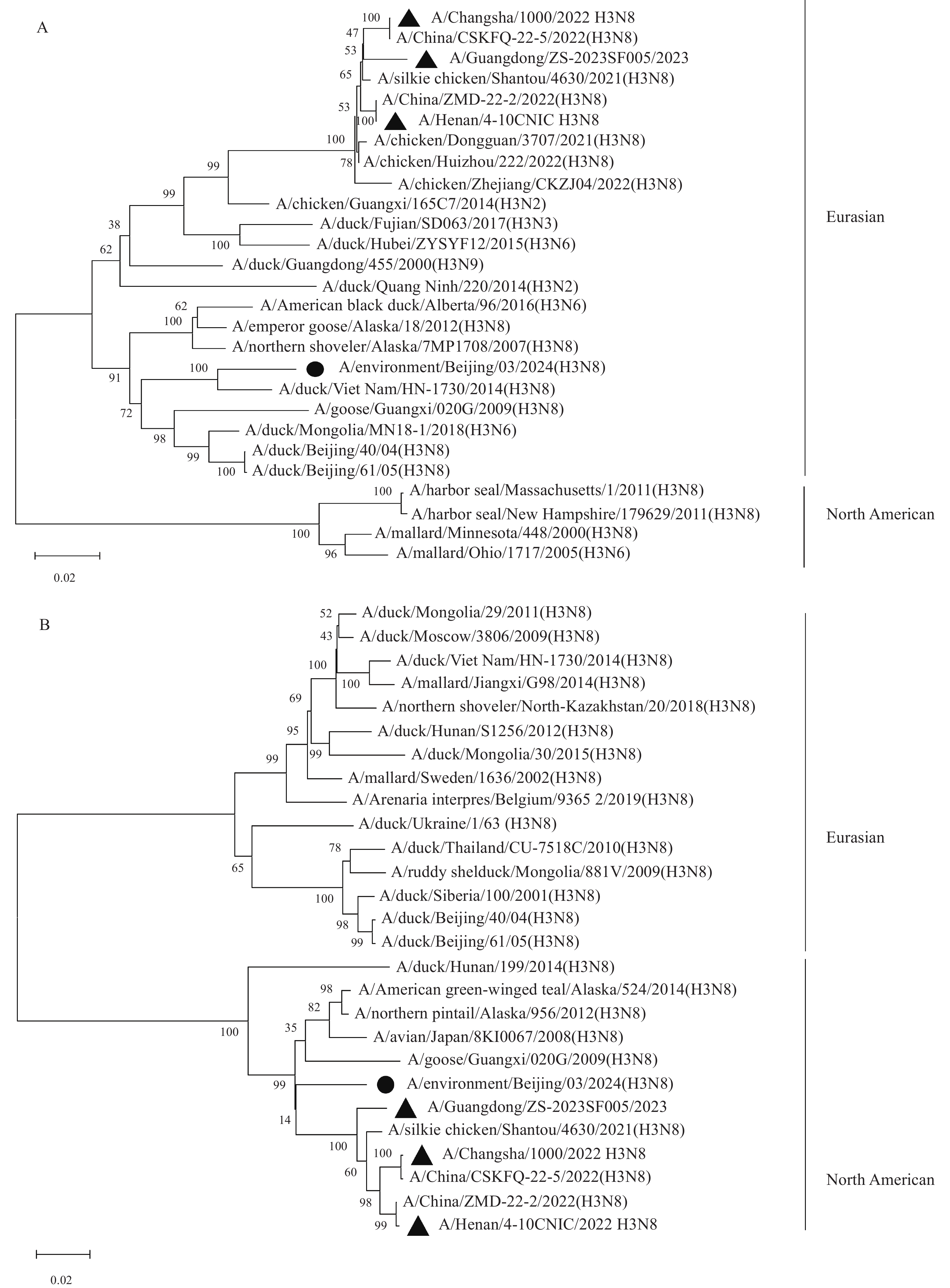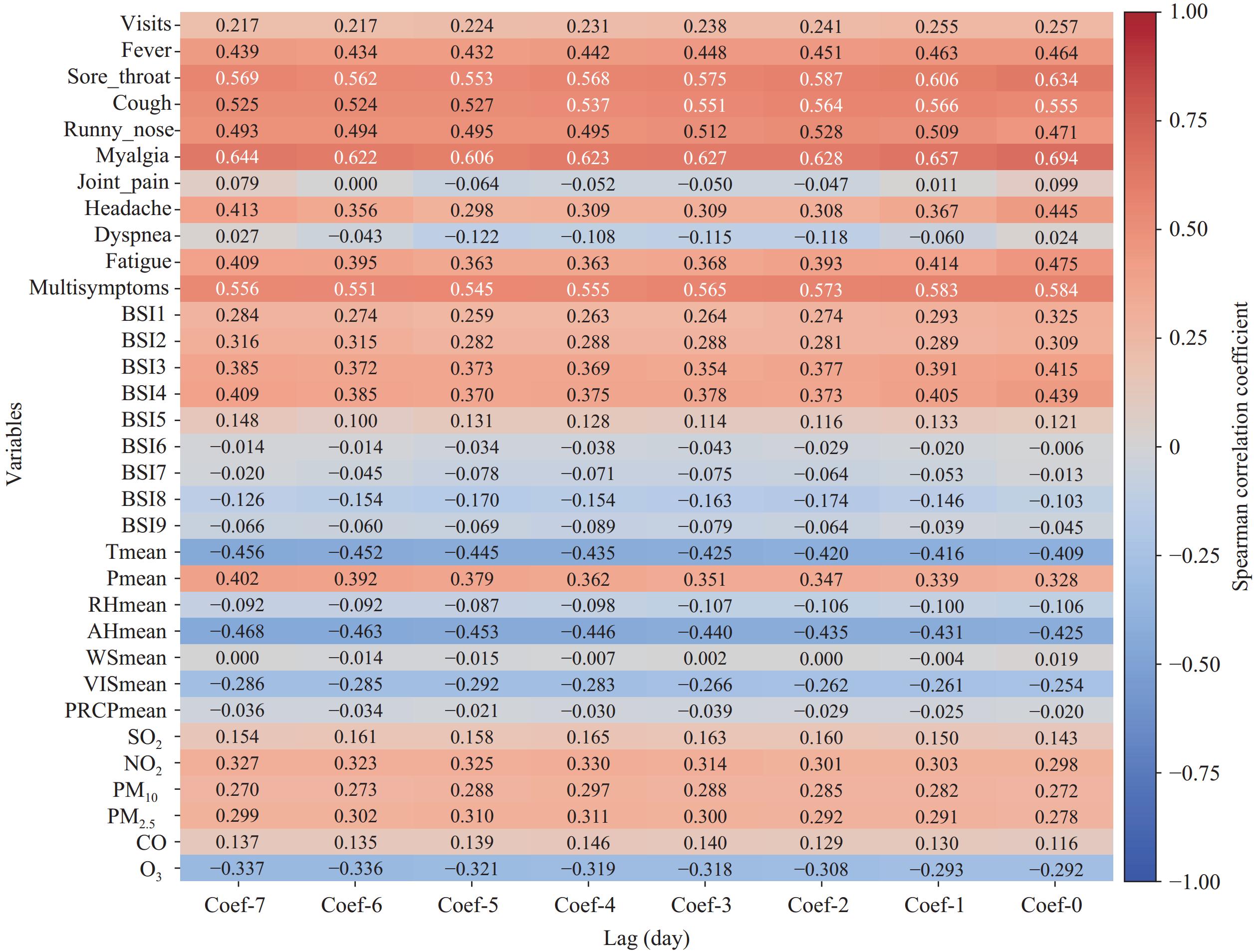2025 Vol. 7, No. 44
Influenza pandemics arise when novel influenza virus subtypes emerge in populations with little or no pre-existing immunity. The recent expansion of H5N1 virus circulation in mammals — including documented spread in cattle and sporadic human infections — coupled with the emergence of mutations associated with enhanced pandemic potential, underscores the persistent threat of novel influenza strains. Pandemic preparedness critically depends on developing effective vaccines capable of providing broad protection across diverse viral strains. While vaccination remains the most effective strategy for preventing influenza and its complications, pandemic vaccine development faces substantial challenges. These include the rapid mutation rates characteristic of influenza viruses, driven by error-prone RNA replication, broad host range, environmental selection pressures, and frequent genetic recombination. Such factors complicate predictions of which strain will trigger the next pandemic and hinder efforts to create universal vaccines. Recent advances in vaccine production platforms, bioinformatics, and artificial intelligence have accelerated pandemic vaccine development capabilities. Continued research is essential to enhance vaccine technology, expedite production timelines, and broaden vaccine efficacy against the full spectrum of influenza virus strains.
School-aged children represent a particularly vulnerable population for influenza transmission due to their dense social interactions and limited awareness of protective measures. Since 2019, Shenzhen has provided free influenza immunizations to this demographic, with vaccination campaigns typically initiated during the autumn months.
This study utilized influenza surveillance data from Shenzhen to develop an age-stratified compartmental model for epidemiological simulations, evaluating the disease burden prevented by influenza vaccinations among school-aged children during the 2023–2024 season. Additionally, an optimization framework was developed to design strategic vaccination schedules while considering the importance of maintaining stable public health policies over time.
The findings suggest concentrating vaccination efforts during November and December; however, optimal strategies may vary depending on specific influenza transmission patterns. A more robust approach involves implementing a generalized strategy optimized using historical seasonal data with comparable transmission characteristics.
The H3N8 avian influenza virus (AIV) demonstrates considerable capacity for interspecies transmission and has been documented in multiple mammalian hosts, including equine and canine species. During 2022–2023, three laboratory-confirmed human infections with H3N8 were reported in China, heightening public health concerns about the zoonotic spillover potential of H3 subtype AIVs.
This study reports the isolation of a genetically reassorted, low-pathogenicity H3N8 avian influenza virus (AIV) from an islet in Niukouyu Wetland Park, Beijing Municipality — the first detection of this viral strain in a wild environment within the city. Throat swabs collected from park staff tested negative for influenza viruses. Phylogenetic analysis demonstrated that the viral hemagglutinin gene originated from the Eurasian lineage, while the neuraminidase gene was derived from the North American lineage. Although no direct evidence of human infection has been documented, multiple mutations identified in the virus’s internal genes are associated with enhanced replication capacity, increased virulence, and improved adaptation to mammalian hosts. These molecular features indicate a potential risk for cross-species transmission to humans.
Given the potential threat that H3N8 AIVs pose to mammalian species, including humans, this study emphasizes the critical need to strengthen influenza surveillance networks and broaden monitoring efforts specifically targeting H3 subtype AIVs.
Public health surveillance is crucial for decision-making. Given the significant threat of influenza to public health, developing predictive models using multichannel surveillance systems is imperative.
Data were collected from multichannel surveillance systems, including hospitals, search engines, and climatological and air pollutant surveillance systems, in a southern Chinese city from January 2023 to January 2025. Spearman’s correlation analysis assessed the relationships between variables and reported influenza cases. Several machine learning models were used to predict trends in reported cases.
Correlation analysis showed that all four surveillance systems were related to influenza, with 27 variables correlated with daily reported cases. The Long Short-Term Memory model, established based on variables with the highest lagged correlations (5-day to 7-day lag) through combined surveillance systems, outperformed other models for 5-day forecasts (R2=0.92; mean absolute error=156.92; mean absolute percentage error=79.95%; root Mean Squared Error=292.33).
Data from various surveillance systems effectively track influenza epidemics. The model shows potential for infectious disease surveillance and epidemic preparedness.
A total of 117 H9N2 cases of human infection of Chinese origin had been reported to the World Health Organization (WHO) by May 9, 2025, with 22 of them originating in Hunan Province.
This article reported on the investigation of three new H9N2 avian influenza virus (AIV) infections detected in Changsha, Hunan Province, in April 2025. No epidemiological link was found among them. Exposure to live poultry was identified as the primary risk factor for infection. Sequence analysis of the three H9N2 AIVs showed a similarity of 99.71%–99.82% between hemagglutinin (HA), and the homology of the neuraminidase (NA) genes was 98.41%–99.83%. Although the tests showed that the HA had enhanced binding ability to upper respiratory tract cells’ receptors, no evidence of sustained human-to-human transmission has been found so far.
This study indicated that H9N2 AIV remains a public health issue in China. We need to strengthen publicity and education efforts to inform people of the potential risk of avian influenza virus, especially to keep children away from poultry and poultry-related facilities, to effectively prevent the occurrence of avian influenza A(H9N2) infection.



 Subscribe for E-mail Alerts
Subscribe for E-mail Alerts CCDC Weekly RSS Feed
CCDC Weekly RSS Feed


